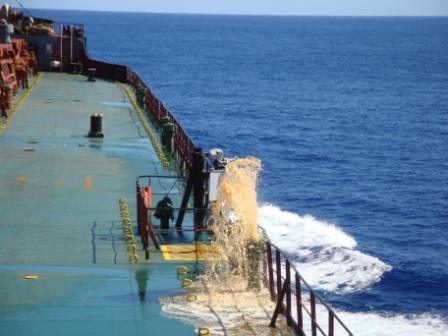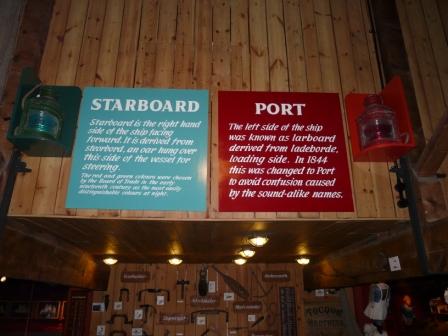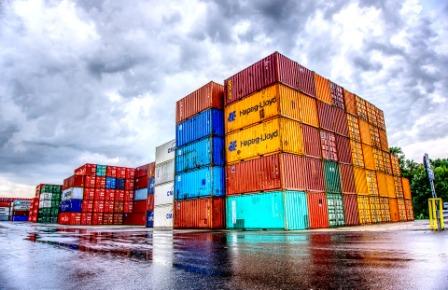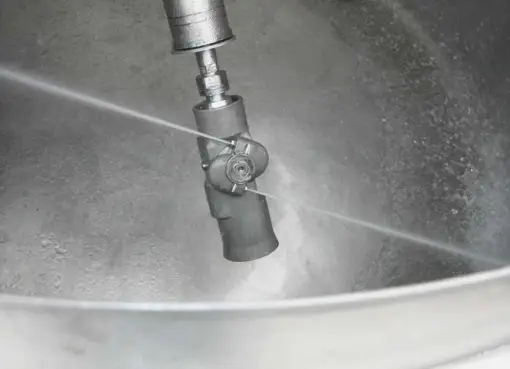- Before discharging dirty ballast, it’s necessary to relinquish time for the ballast to settle to induce a decent oil/water separation.
It is a legendary reality – oil is lighter than water and would perpetually float on the prime of water – provided enough time is given for it to settle.
- The time for subsidence might vary depending on the movement of the ship and also the variety of oil being handled – this sometimes depends upon the density of the oil. Temperature additionally plays a serious half in achieving sensible and speedy separation – the oil/water mixture can separate quicker at higher temperatures than at low temperatures. In favorable conditions, a decent oil/water separation might be obtained at intervals of twelve hours however in most circumstances a minimum of twenty-four hours would be needed.
- Once subsidence is complete the ballast tanks can contain water with an associate degree oil layer on prime. the majority of this water might currently be discharged to the ocean, ideally once the ship is steady and mistreatment the subsequent precautions.
- If necessary, flush the main loading lines and pumps into the slop tanks.
- Start discharging the ballast water – however at a slow rate.
- Slow down the speed to reveal a minimum once the sounding of the tank is regarding two meters – to avoid drawing surface oil into the suction by vortex or weir effects.
- Stop discharging individual tanks at the amount of a minimum of one meter of water below the oil/water interface.
- When all tanks have reached the present level stop overboard discharge.
- Ensure that the slop has ample area to require the remaining dirty ballast on board. The slop tank would be wont to keep the laundry water throughout tank cleansing. If the scarce area is obtainable on the slop tank – then the slop tank might have to be compelled to be partly discharged keeping in mind that no oil ought to be discharged confused.
- Transfer the remaining dirty ballast into the slop tank mistreatment the removal system.
- Once the tank area unit is stripped – the pumps and also the removal system which can be wont to pump out the clean ballast ought to be flushed into the slop tank and unbroken prepared for pumping out or removing the clean ballast at the load port.
Note – if you would like to pump out your pump house bilges – they will be transferred to the slop tank before flushing the lines prepared for discharging clean ballast THEREBY AVOIDING the requirement TO DISCHARGE BILGES OVERBOARD AND serving to suit MARPOL laws.
- As with precautions throughout ballasting – a watch should be maintained on the discharge aspect overboard and someone ought to air standby at the ocean valves especially once the tank area unit reaches the desired ullages.
Decanting of slops
- As with dirty ballast tanks – the slop tank is allowed to settle so the oil and water mixture within the tank separates with oil floating on the prime of the water.
- It should be noted here that the slop tank sometimes takes longer to settle than the dirty ballast tank – because it contains more oil than water (as all tank washings, oil from the ballast tanks, and line flushing are wired in). If time is brief because of a brief voyage, gap steam to the heating coils within the slop tanks might speed up the decanting method. this may expedite the separation method.
- At least thirty-six hours ought to be allowed for subsidence. If time permits an excellent longer amount is advisable.
- Once the tank has settled – an associate degree correct interface and indefinite quantity reading should be taken to see the depth of the oil layer.
Although each effort ought to be created to get rid of the maximum amount of water attainable from the slop tank, the prime objective is to stop oily water from reaching the ocean.
- Extreme care and caution are important to stop oil from escaping. though the ODME is going to be operating, the overboard discharge should be closely monitored visually.
- Agitation of slop tank contents ought to be unbroken to the minimum.
- Pumping rates should be slow and the following procedure ought to be followed:
- Pump down the slop tank mistreatment one loading pump at a slow speed till the water depth is regarding 15 August 1945 of the tank.
- Stop loading pump, live the oil/water interface and also the indefinite quantity reading, and cipher the remaining water depth.
- Restart decanting, however, at this point employing a stripper pump (if available) or at a slow speed mistreatment of the loading pump. PLEASE NOTE: SOME SHIPS’ CARGO STRIPPING PUMPS – USE EDUCTORS INSTEAD.
- Check the pump drain for any visual signs of oil and additionally keep a continuing visual watch on the overboard discharge. once pumping out slops the high overboard ocean valve ought to be used, which in ballast condition would be higher than the line.
- Once the depth has reached the planned indefinite quantity, discharging ought to be stopped. If the oil seems even before the planned indefinite quantity discharging ought to be stopped and if they want any subsidence ought to be allowed.
A point to notice here is that there’s sometimes a layer of oily water mixture just under the oil layer – even during a well-settled tank, indicating discharge of slops to prevent.
AFTER ALL THESE OPERATIONS – AS ONE MORE PRECAUTION THE LINES AND PUMPS WHICH CAN BE USED TO DISCHARGE CLEAN BALLAST SHOULD BE FLUSHED TO OCEAN (the ODME ought to be unbroken running to record this overboard discharge operation) ONCE THE SHIP IS QUITE FIFTY NAUTICAL MILES OF THE COAST AND NOT IN ANY OF THE SPECIAL AREAS MENTIONED WITHIN THE MARPOL. KEEP IN MIND THIS CAN BE DONE WHEN THE LINES WERE INITIALLY FLUSHED INTO THE SLOP TANK ON COMPLETION OF PUMPING OUT OF DIRTY BALLAST
Authorities estimate that the introduction of Load on Top procedures – has reduced the discharge of oil into the ocean by tankers by 3 million tons each year.
We shall investigate the load on prime procedures shortly.
- it’s seen that the dirty ballast was already taken in throughout the loading operations (tanks coloured dark blue) once taking all precautions.
- Once stumped – the tanks that unit required to carry clean ballast unit washed with ocean water (tanks colored light-weight blue and laundry is shown). throughout this procedure, water is taken directly from the ocean and additionally, the tank washings unit is stripped into the slop tank.
Please note that each one of the four tanks in crude tankers i.e. tanks that carry dirty ballast and tanks that unit being clean for taking clean ballast, as shown in section one in every of the diagram, ought to be crude washed throughout discharge operations to attenuate the amount of oil remaining in the tank.
- we can see that the clean ballast tanks that are washed are full of clean ballast (tanks colored green). Once the clean ballast is taken the dirty ballast tank unit is discharged. All precautions have to be compelled to be taken as mentioned earlier in the module throughout every ballasting and deballasting operation.
- Approximately the last 2 meters of dirty ballast is then stripped into the slop tanks.
- The slop tank is then allowed to settle (section 3) to induce an honest oil/water interface. This typically takes concerning thirty-six hours.
- Then decanting of slop tanks is completed (section 4). Note here that the discharge overboard is typically over the water line. Follow the decanting procedures.
- Before reaching the loading port – the master declares a number of slops remaining on board to his householders and charterers and the terminal.
- If permissible (which is usually the case with crude oil) recent oil is loaded on top of the remaining slops as shown in section 5.
THIS IS WHAT IS KNOWN AS THE LOAD ON TOP PROCEDURE.
OTHER OPTIONS OF DISPOSAL OF SLOPS.
- Slop could boot be discharged to shore if the reception facilities unit is on the market and is not compatible with consecutive loading.
The slops are additionally maintained on board isolated from the new cargo and this can be discharged at the discharge port where there’s also a reception facility available




